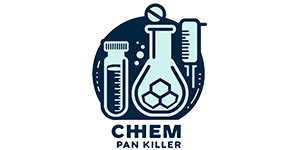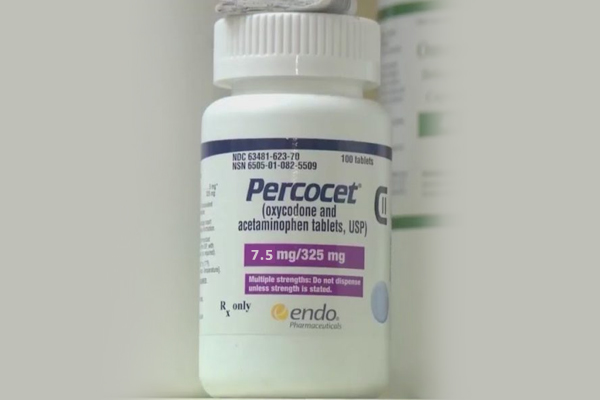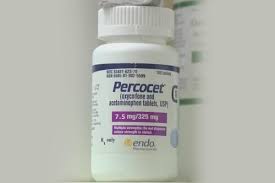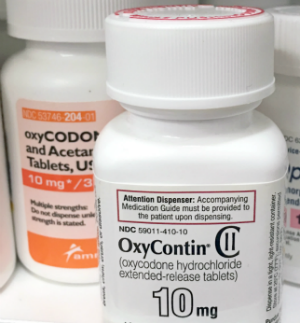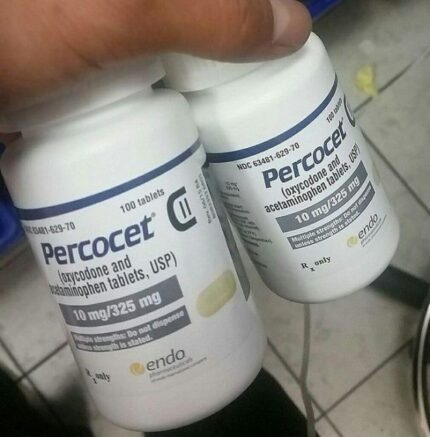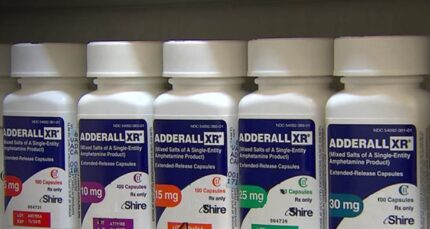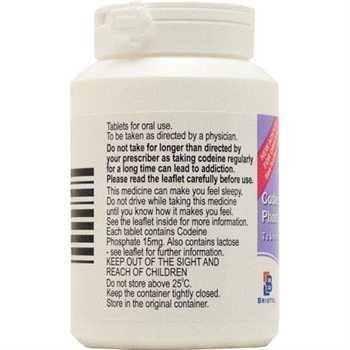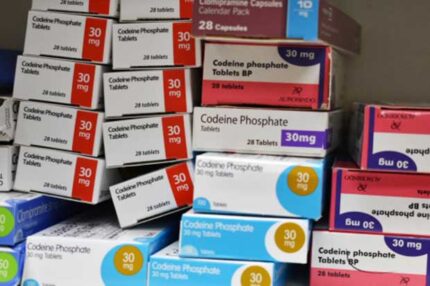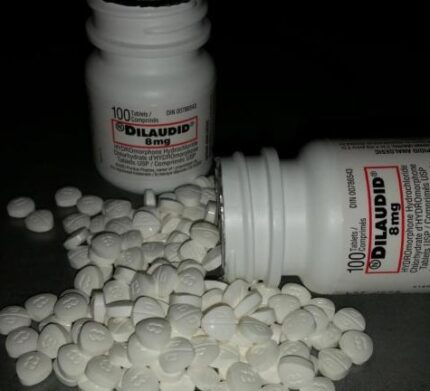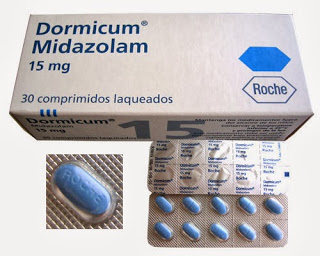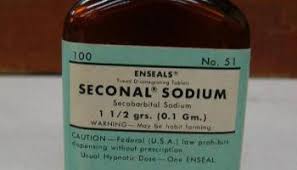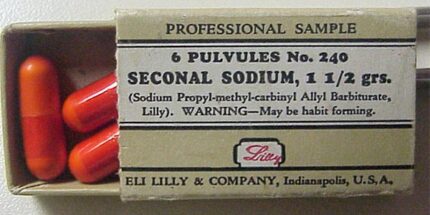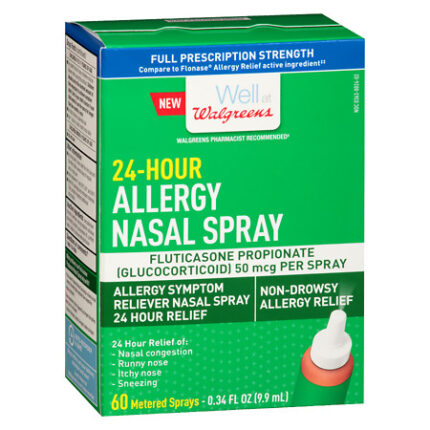_x000D_ _x000D_ _x000D_
What is Percocet ?
_x000D_ Percocet is used in the treatment of chronic pain; pain and belongs to the drug class narcotic analgesic combinations. Oxycodone is an opioid pain medication. An opioid is sometimes called a narcotic. Acetaminophen is a less potent pain reliever that increases the effects of oxycodone. Acetaminophen and oxycodone is a combination medicine used to relieve moderate to severe pain. Acetaminophen and oxycodone may also be used for purposes not listed in this medication guide._x000D_
How should I take Percocet ?
_x000D_ Follow all directions on your prescription label. Oxycodone can slow or stop your breathing, especially when you start using this medicine or whenever your dose is changed. Never use this medicine in larger amounts, or for longer than prescribed. An overdose can damage your liver or cause death. Tell your doctor if the medicine seems to stop working as well in relieving your pain._x000D_
What happens if I miss a dose?
_x000D_ Since this medicine is used for pain, you are not likely to miss a dose. Skip any missed dose if it is almost time for your next scheduled dose. Do not use extra medicine to make up the missed dose._x000D_
What happens if I overdose?
_x000D_ Seek emergency medical attention or call the Poison Help line at 1-800-222-1222. An overdose can be fatal, especially in a child or other person using this medicine without a prescription. The first signs of an acetaminophen overdose include loss of appetite, nausea, vomiting, stomach pain, sweating, and confusion or weakness. Later symptoms may include pain in your upper stomach, dark urine, and yellowing of your skin or the whites of your eyes. Overdose symptoms may also include slow breathing and heart rate, severe drowsiness, muscle weakness, cold and clammy skin, pinpoint pupils, and fainting._x000D_ _x000D_

